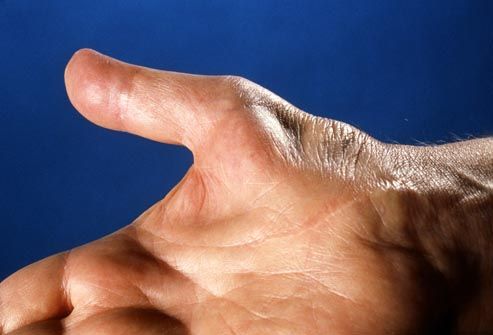I have had
many massages, and I am always baffled by the selection. I have had massage up
the back, down the back, diagonally and sideways. Does it matter?
Some folks
have very fixed ideas on this, particularly teachers who are trying to herd
cats (massage students) into some semblance of a class. For every rule to never
be broken, however, I find more classes and higher learning invite rules
changes with ease.
Personally, I do not enjoy effleurages or neural strokes that go down the arm, although my energetic therapist friends use those to clear energy and swear by it. They seem a little pent up if I ask them not to do that.
I’m happy to offer my palm for some airy, off-skin swirly-dibbles to clear energy, so that seems to keep the peace. But what about those skin riders?
Shudder.
In a discussion, I would avoid answering my own question, but this is a blog and the rules are fluid.
Intent, I think may be the answer. If the intent is Swedish, to move both lymph and blood, then massage upward toward the heart. If the intent is neural, massage down the spine toward the sacrum. If lymphatic, massage in the direction of the lymphatic watershed. If aruveydic, well, then it depends. Well, is that as clear as it gets?

